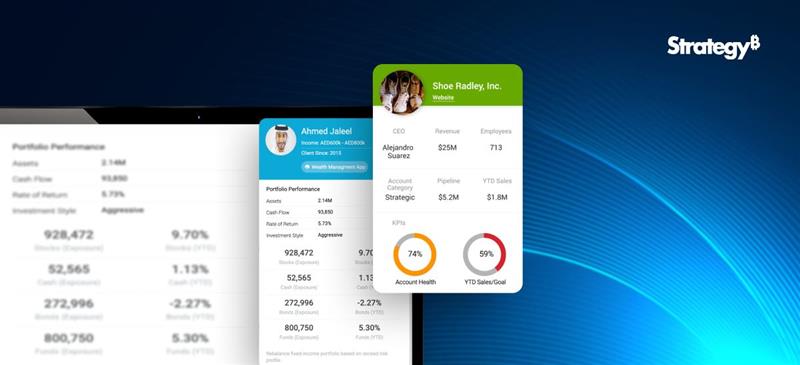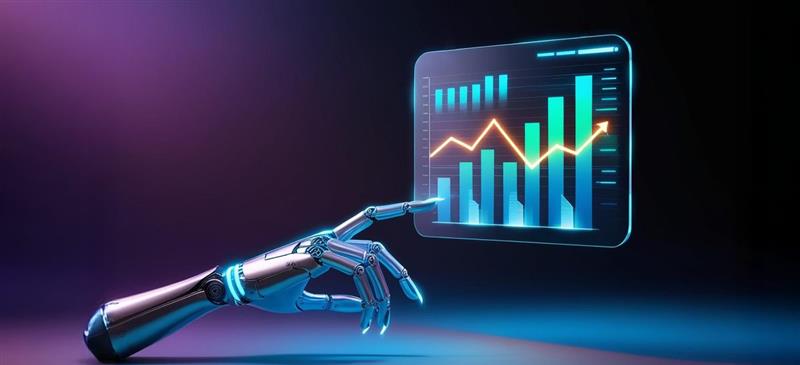Automation: Streamlining Repetition
Automation revolves around instructing machines to follow predefined rules. In this scenario, humans set the rules, and machines execute them. The primary objective of automation is to alleviate humans from monotonous, repetitive tasks that are tedious and error-prone.
Human performance in repetitive tasks often leads to boredom and mistakes. Machines, on the other hand, excel at such tasks, executing them with precision and at a faster pace. Moreover, they don’t require sick leave or vacations, offering convenience to employers. It’s important to note that not all tasks are suited for automation, and humans should view it as a tool that complements their capabilities, freeing them to focus on tasks demanding critical and creative thinking.
Artificial Intelligence (AI): The Cognitive Companion
While sharing some objectives with automation, AI operates entirely differently. If automation represents the “arms” of a robot, AI constitutes its “brains.” AI is not about executing repetitive tasks; instead, it aims to emulate human cognitive processes and make decisions based on observations, patterns, and past outcomes.
Unlike automation, AI is designed to learn and adapt autonomously. It can process data, recognise patterns, and act on insights gained from its analyses. This ability to learn and act independently sets AI apart from automation.
While some envision AI as a potential threat, it’s essential to remember that current AI systems, often referred to as Narrow AIs, are specialised for specific tasks. They lack the breadth of human intelligence and are limited to the domains they were trained for. For instance, a healthcare AI may excel at diagnosing medical conditions but struggle in other contexts, like playing chess.
How AI and Automation Combine for Optimal Results
Having explored the distinctions between AI and automation, it’s crucial to understand how they intersect and collaborate in practical applications. Both AI and automation rely on data, but their roles in data processing differ significantly. Automation gathers and manages data, while AI interprets and acts on it.
Certainly, here are a few examples illustrating the combined effect of AI and automation in practical scenarios:
Customer Service
Consider an enterprise with a bustling customer service centre receiving thousands of emails daily. Automation categorises incoming emails based on keywords to efficiently address customer inquiries without expanding human resources. This initial automation streamlines the process but doesn’t provide immediate customer solutions.
Here’s where AI, specifically Natural Language Processing (NLP), comes into play. NLP interprets the intent of customer emails, allowing the AI system to respond promptly with relevant information or route the inquiry to a human agent. This collaborative approach between automation and AI accelerates customer issue resolution.
Supply Chain Optimization:
Large manufacturing companies use automation to track inventory levels, reorder supplies, and manage logistics. AI algorithms are then employed to analyse historical data and market trends to optimise inventory levels and predict supply chain disruptions. This combination streamlines operations, reduces costs, and ensures products are available when needed.
Fraud Detection in Banking:
Automation is used to flag suspicious transactions in real-time, reducing the risk of fraud. AI, particularly machine learning models, can then analyze these flagged transactions along with historical data to identify new and evolving fraud patterns. This dynamic approach enhances fraud detection accuracy and minimizes false alarms, ultimately saving the bank time and resources.
Healthcare Diagnosis and Treatment:
Automation assists in managing patient records and appointment scheduling in a healthcare facility. AI-powered diagnostic tools analyse medical images, patient history, and symptoms to aid doctors in making accurate diagnoses. The combination of automation and AI improves patient care by reducing administrative burdens and enhancing medical decision-making.
Personalised Marketing Campaigns:
Automation segments customer data and sends targeted marketing emails based on predefined rules. AI algorithms dynamically analyse customer behaviour, preferences, and engagement to adjust marketing content and timing. This synergy increases the effectiveness of marketing campaigns by delivering personalised messages to the right audience at the right time.
Smart Home Automation:
Automation systems control lighting, heating, and security in a smart home. AI enhances these systems by learning occupants’ preferences and adjusting settings accordingly. For example, AI can optimise energy usage by predicting when rooms are occupied and adjusting heating or cooling systems accordingly, resulting in energy savings.
Inventory Management in Retail:
Automation tracks inventory levels in a retail store and generates restocking orders as items reach a certain threshold. AI-powered demand forecasting algorithms analyse historical sales data and external factors (e.g., weather, holidays) to fine-tune inventory management. This combined approach ensures that products are in stock when customers need them, reducing both excess inventory and stockouts.
These examples demonstrate how the integration of AI and automation can drive efficiency, improve decision-making, and enhance various aspects of business and daily life.
AI and automation serve distinct purposes in the realm of business operations. Automation streamlines repetitive tasks, freeing humans from more complex endeavours. AI, on the other hand, emulates human cognitive functions and makes decisions based on data analysis. When applied together, they create a powerful synergy, enhancing efficiency and enabling businesses to harness the full potential of their data. Understanding the differences between AI and automation is essential for organisations seeking to leverage these technologies effectively in today’s digital landscape.
How Beinex Can Help You
Beinex AI & Automation Services puts you at ease, literally. From NLP-NLG Chatbots to Syntax Migrators to Predictive Modelling to Web Scraping to Social Media Analytics, we offer a range of AI and Automation services that can streamline and automate many of your redundant workflows within a short turnaround time.




